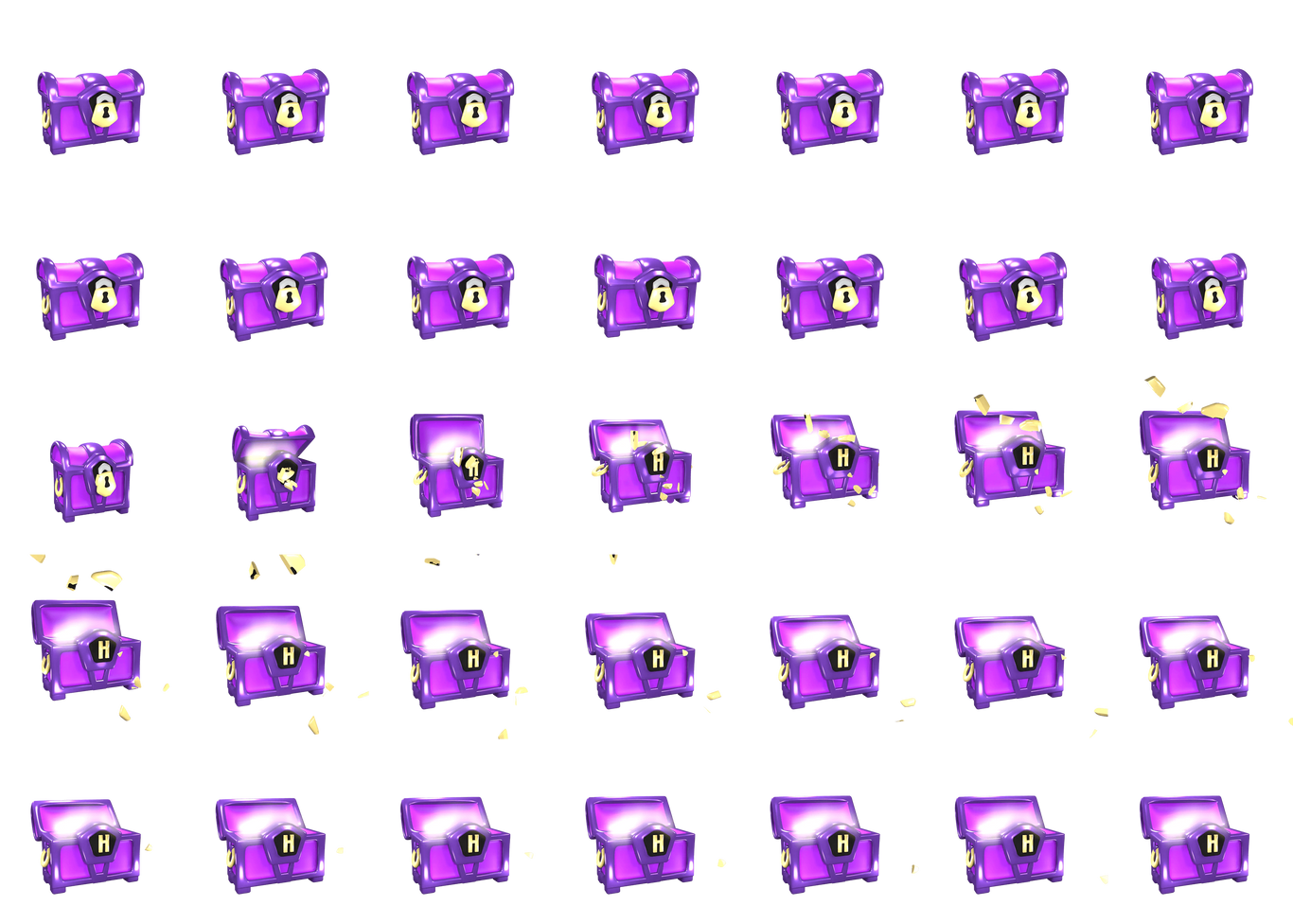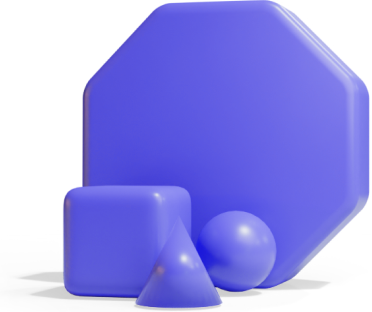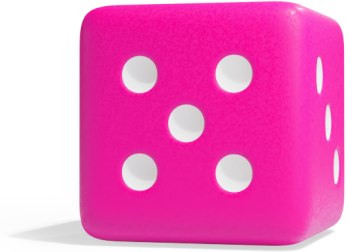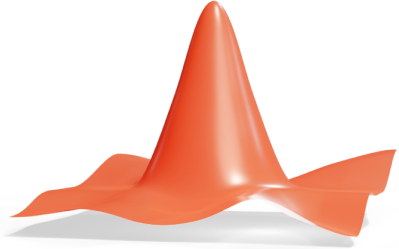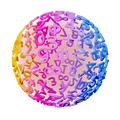12th Grade
How do 2×2 matrices transform shapes and scale area?
{
"voice_prompt": "Pause briefly between mathematical terms and numbers. Pronounce coordinates clearly, for example, 'the point one, one'.",
"manuscript": {
"title": {
"text": "How do 2×2 matrices transform shapes and scale area?",
"audio": "How do 2-by-2 matrices transform shapes and scale area?"
},
"description": {
"text": "A 2-by-2 matrix can transform shapes on a coordinate plane by moving each point. The determinant of the matrix reveals how much the area of the shape changes during the transformation.",
"audio": "A 2-by-2 matrix can transform shapes on a coordinate plane by moving each point. The determinant of the matrix reveals how much the area of the shape changes during the transformation."
},
"scenes": [
{
"text": "A point x, y, on the plane can be written as a column vector p. If you multiply a 2-by-2 matrix A with this vector, you get A times p equals p-prime, which is the transformed point, x-prime, y-prime.",
"latex": "\\mathbf{p} = \\begin{bmatrix} x \\\\ y \\end{bmatrix} \\quad | \\quad A\\mathbf{p} = \\begin{bmatrix} x' \\\\ y' \\end{bmatrix} = \\mathbf{p}'"
},
{
"text": "Here’s an example. Use the scaling matrix A, which is two, zero, zero, three, to transform the point one, one. First, you write the point as a column vector. Then, you multiply A by the vector, which gives the new vector two, three. So, the point moves to two, three.",
"latex": "A = \\begin{bmatrix} 2 & 0 \\\\ 0 & 3 \\end{bmatrix} \\quad | \\quad A \\begin{bmatrix} 1 \\\\ 1 \\end{bmatrix} = \\begin{bmatrix} 2 \\\\ 3 \\end{bmatrix}"
},
{
"text": "Now, you can transform all corners of a unit square. The point zero, zero becomes zero, zero. One, zero becomes two, zero. Zero, one becomes zero, three. And one, one becomes two, three. The square becomes a rectangle that is 2 units wide and 3 units tall. Its new area is 2 times 3, which equals 6.",
"latex": "\\text{Transformed Points: } (0,0), (2,0), (0,3), (2,3)"
},
{
"text": "Next, look at the determinant of matrix A. You find it like this, two times three minus zero times zero, which is 6. This number is the area scaling factor. The original unit square had an area of 1. After the transformation, the new area is 6. That’s exactly the absolute value of the determinant.",
"latex": "\\det\\left(\\begin{bmatrix} 2 & 0 \\\\ 0 & 3 \\end{bmatrix}\\right) = 6 \\quad | \\quad \\text{Area scale factor} = |6| = 6"
},
{
"text": "You can try this with a shear matrix, S, which is one, one, zero, one. When you transform the unit square, it becomes a parallelogram. The shape has changed, but the area stays the same.",
"latex": "S = \\begin{bmatrix} 1 & 1 \\\\ 0 & 1 \\end{bmatrix}"
},
{
"text": "The determinant of this shear matrix is 1. That's why the area stays the same. In fact, any 2-by-2 matrix with an absolute value of its determinant equal to 1 preserves area. And if the determinant is 0, the matrix squashes the shape's area to zero.",
"latex": "\\det(S) = 1 \\cdot 1 - 1 \\cdot 0 = 1 \\\\ \\text{Area preserved if } |\\det(A)| = 1. \\\\ \\text{Area collapses if } \\det(A) = 0."
}
],
"outro": {
"text": "You’ve learned how 2-by-2 matrices can reshape the plane, and how the determinant tells you how much the area changes. This connection between algebra and geometry is a powerful concept. Try testing this with your own matrices and shapes!",
"audio": "You’ve learned how 2-by-2 matrices can reshape the plane, and how the determinant tells you how much the area changes. This connection between algebra and geometry is a powerful concept. Try testing this with your own matrices and shapes!"
}
}
}
